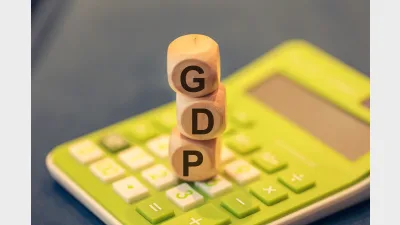Alternatives benefit from positive sentiment


There has been an uptick in alternatives investing — particularly real assets such as direct real estate, private equity, direct infrastructure and infrastructure debt — due to tapering by the US Federal Reserve and higher interests rates in the US and Europe, according to the AMP Capital Institutional Investor Research Report.
Although "equities and fixed income still have the lion's share of asset allocation", positive economic expectations among investors are causing them to look beyond public markets, according to AMP Capital chief executive international and head of local clients Anthony Fasso.
The appeal of real estate was strongest in Europe (41 per cent), followed by Asia (29 per cent) and North America (17 per cent), while North American institutions were the biggest investors in direct real estate with an average allocation of more than 8 per cent.
Almost one in five institutions expect to increase allocations to direct or unlisted infrastructure later in the year, while 42 per cent said it was likely they would invest in infrastructure debt in the next two years.
Although respondents held an average 25 per cent of portfolios in foreign and global equities, 16 per cent in domestic stocks, 14 per cent in foreign/global fixed income and 17 per cent in domestic fixed income, most planned to reduce fixed income holdings — particularly in government and investment grade corporate bonds due to lack-lustre performance last year.
Almost a third of investors said they planned to reduce allocations to domestic government and corporate bonds in favour of high-yield corporate bonds — with infrastructure, direct real estate and private equity also expected to benefit.
Respondents expect private debt to produce the most favourable fixed income returns (33 per cent of investors), followed by high-yield corporate bonds by 28 per cent.
"Regional hot spots include Europe, where many investors plan to allocate additional assets. They see undervalued stocks and bonds, with valuations there now more attractive after the sell-off in recent years," Fasso said.
Recommended for you
New research has shown that investing in alternative assets and using active management has, to this point, delivered strong results for Australian super funds.
Australia’s $4 trillion superannuation industry is fundamentally reshaping the nation’s external accounts, setting the stage for a more sustainable current account surplus despite weaker commodity markets.
Rest has expanded its portfolio of renewable energy infrastructure by supporting a Victorian solar farm and battery project.
Economic growth was weaker than expected, once again highlighting an economy largely sustained by population growth and government spending.













